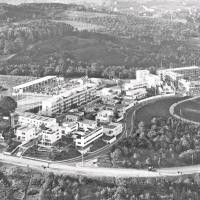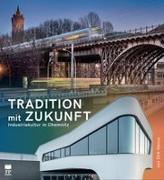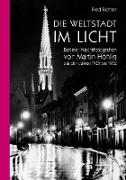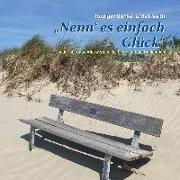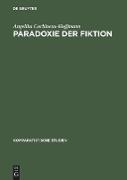- Start
- The Weissenhofsiedlung
The Weissenhofsiedlung
Angebote / Angebote:
The fundamental significance of the Weissenhofsiedlung in Stuttgart for the history of early modern architecture should not be underestimated. Almost all the influential architects of the 20th century built their proposed solutions in response to the theme »a home for modern city dwellers« on the beautifully located slope on the north side of Stuttgart. The choice of architects and the fact that a project of this type could be implemented at all so few years after World War I and the inflation, is one of the outstanding characteristics of this building exhibition. »The German Werkbund is aware, and points out most emphatically that so important a task can only be successful and have a major impact if it is not only carried out in a technically flawless manner but also creates trendsetting architectonic solutions. The Werkbund therefore recommends to the city of Stuttgart that leading architects be commissioned with planning the exhibition and thus assuming a leading role in the construction of modern housing both in Ger-many and abroad.« This memorandum, dated January 1926, concludes with the following appeal: »It is now up to the municipal council whether this event, so crucial for the promotion of our housing, will be able to take place in Stuttgart in 1927.« An interesting situation thus arose: members of the municipal council had to decide on the merits of this pioneering project. The majority voted for it. The result: 25 yes votes, 11 no votes and 6 abstentions. How did this project ever come to Stuttgart, anyway? What made it possible was a favorable constellation of both personnel and chronological circumstances. Gustaf Stotz must be regarded as the project¿s initiator. It was he who managed to fire up the enthusiasm of the leadership of the German Werkbund and of the city about the project. It is also thanks to him that Mies van der Rohe undertook to be its artistic director. Mies and many of the architects of the Weissenhofsiedlung were relatively young and not established. They had a fine reputation in avant-garde circles, but hardly outside them. Moreover, in the German Werkbund the entire project was regarded as not really important ¿ a sort of practice piece for a »world building exhibition« that would take place in Berlin in 1930.
Libri-Titel folgt in ca. 2 Arbeitstagen
